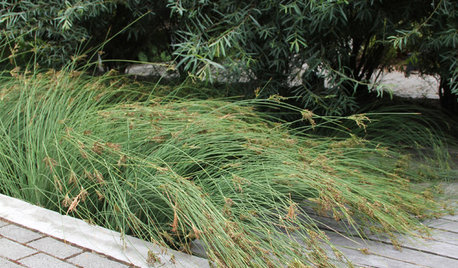Title: "Field margin vegetation enhances biological control and crop damage suppression from multiple pests in organic tomato fields"
Only the abstract is available on line.
The following is the conclusion section from the full paper:
"Conclusion
Tomato cropping systems are characterized by a diverse
prey��"natural enemy complex, and consequently habitat
management strategies for enhanced biocontrol need to
give due consideration to the ecological requirements of
natural enemies and factors that may reduce pest damage.
The abundance of most natural enemy groups was higher
in sown flowering strips than in the relatively heterogeneous
semi-natural edges, characteristic of the Mediterranean
region. Sown flowering strips acted as a trap-crop for
N. viridula and Lygus spp., whereas higher aphid parasitismrate
and decreased rate of foliar feeding on the crop by
lepidopteran pests were recorded. However, semi-natural
edges appear to perform better early in the cropping season,
when sown wildflower strips had not yet initiated
flowering, and lower aphid counts and pest damage were
recorded. Semi-natural edges may be important for the
conservation of within-field non-crop plant diversity and
may enhance early crop colonization by natural enemies.
However, when nectar-producing plants were included in
field margins, these performed significantly better at
reducing pest damage from multiple pests later in the
growing season. The conservation of vegetation diversity
in uncropped field edges and inclusion of nectar-producing
plants, through habitat manipulations, may be considered
as complementary strategies for enhancing the
conservation of natural enemies and pest and crop-injury
suppression in tomato cropping systems within the study
area."
http://onlinelibrary.wiley.com/doi/10.1111/eea.12142/abstract
Here is a link that might be useful: link for abstract










pnbrown
digdirt2
Related Professionals
Belmont Landscape Architects & Landscape Designers · Towson Landscape Architects & Landscape Designers · Newcastle Landscape Architects & Landscape Designers · Andover Landscape Contractors · Azalea Park Landscape Contractors · Coeur d'Alene Landscape Contractors · Fort Myers Landscape Contractors · Kaneohe Landscape Contractors · Lebanon Landscape Contractors · Parker Landscape Contractors · Rockwall Landscape Contractors · Bethany Decks, Patios & Outdoor Enclosures · Hendersonville Decks, Patios & Outdoor Enclosures · Provo Decks, Patios & Outdoor Enclosures · Rolling Meadows Stone, Pavers & Concretehenry_kuskaOriginal Author
lazy_gardens
floral_uk z.8/9 SW UK
henry_kuskaOriginal Author
wayne_5 zone 6a Central Indiana
henry_kuskaOriginal Author
marshallz10
elisa_z5
wayne_5 zone 6a Central Indiana
floral_uk z.8/9 SW UK
pnbrown
marshallz10
elisa_z5
wayne_5 zone 6a Central Indiana